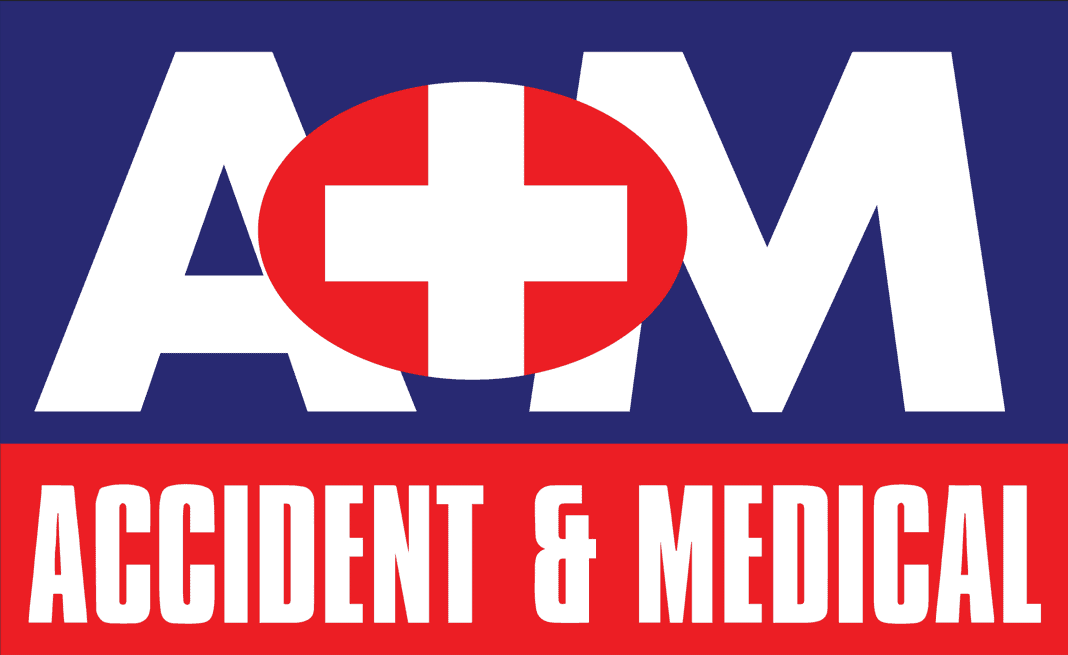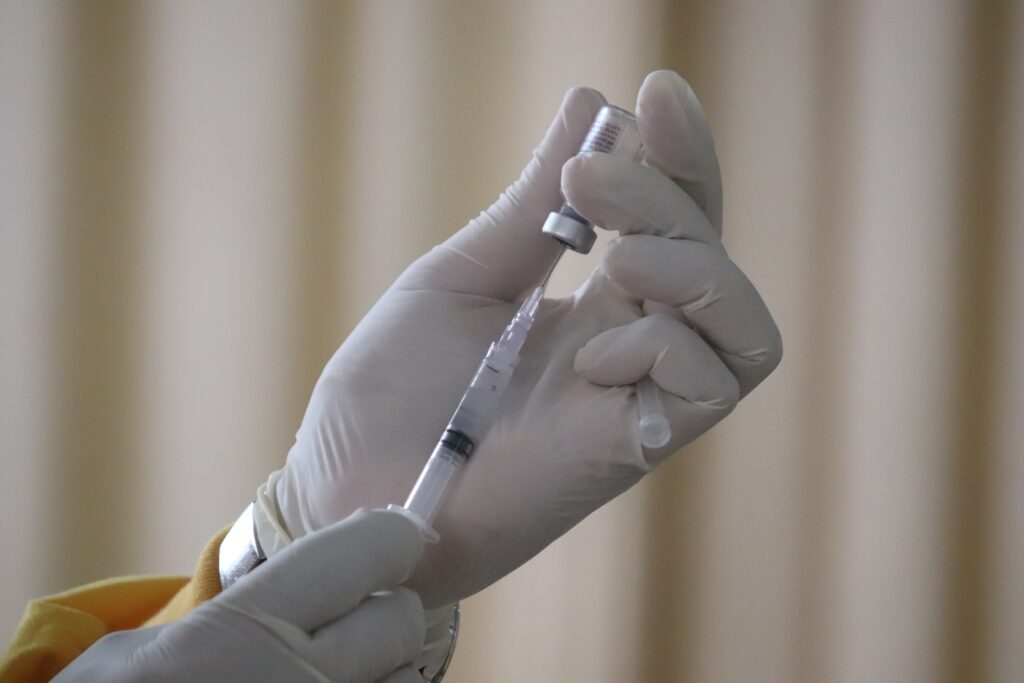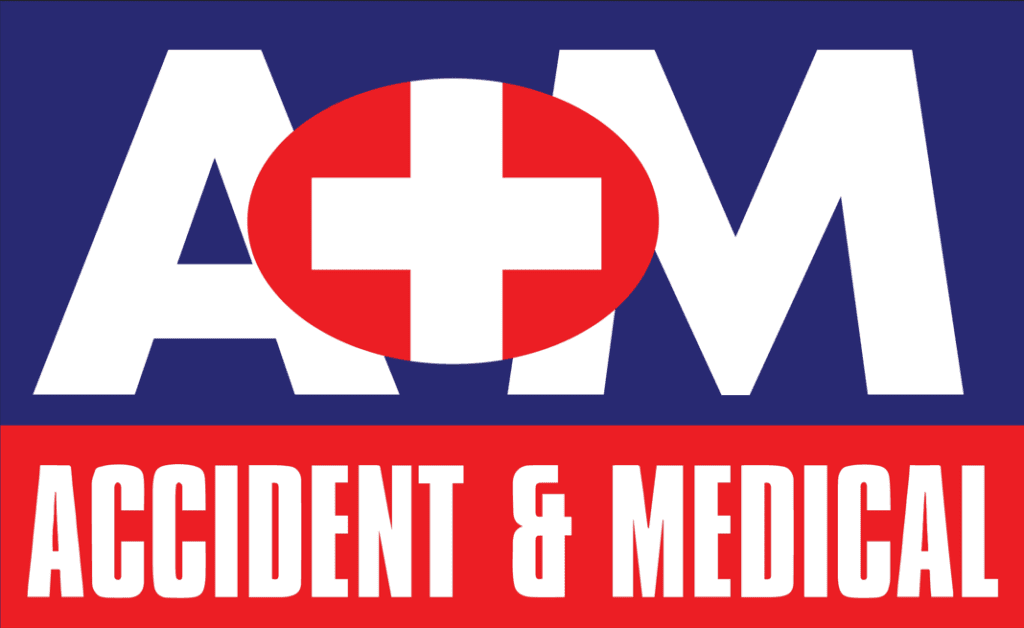What is a cortisone injection?
Cortisone stands for corticosteroid or steroid that is often used to reduce inflammation and pain in joints and soft tissues. Cortisone injections are commonly used to treat conditions/symptoms like arthritis, bursitis, tendinitis, and other inflammatory conditions where your body reacts to various defence processes. The injection is usually delivered directly into the affected area, providing targeted relief by reducing inflammation and suppressing the immune response in that area.
What conditions are treated with cortisone injection?
These are commonly used to treat conditions like arthritis, bursitis, tendinitis, and other inflammatory conditions. In simple terms, pains and swellings in your body are part of “Inflammation”. It is the way your body reacts to noxious actions to your body.
Injections we do at our clinic are:
- Shoulder – Subacromial injections for bursitis, tendonitis, mild tears, Glenohumeral injections for frozen shoulder and osteoarthritis of the joint
- Elbow & Forearm – Tennis elbow, Dequervains tendinitis, carpel tunnel syndrome, Trigger finger
- Hip – Trochanteric bursitis
- Knee joint – Osteoarthritis
- Foot – Plantar fasciitis
However, our clinic does not provide spinal, hip joint, and ankle joint injections. It will need to be done by an Interventional Radiologist under US guidance or X-ray guidance.
How do cortisone injections work?
Cortisone injections work by delivering a potent anti-inflammatory medication called corticosteroid/steroids directly into a specific area of the body, such as a joint, muscle, or soft tissue. The medication is intended to reduce inflammation, relieve pain, and improve symptoms associated with various conditions like arthritis, bursitis, tendon pains & swellings.
However, a good medical history and examination have to be done prior to all injections.
Pros of cortisone injection
The best thing about cortisone injections is, they can provide effective short-term relief in a short action time. These injections are often used as part of a comprehensive treatment plan that may include physical therapy, lifestyle adjustments, and other interventions, depending on the underlying condition. Meaning, it can be part of your management plan as an added benefit for your recovery. Apart from this, there are whole list of benefits of this.
Effective Pain Relief:
Cortisone injections can provide rapid and targeted pain relief for various conditions. They can help reduce pain and discomfort in specific joints or areas of the body.
Reduced Inflammation:
Corticosteroids have potent anti-inflammatory (hence, reduce inflammation) properties. By reducing inflammation in the affected area, cortisone injections can alleviate swelling, redness, and discomfort associated with inflammatory conditions.
Non-Surgical Option:
For some individuals, cortisone injections can provide an alternative to surgery. In cases where surgery might be considered, cortisone injections can be attempted as a first-line treatment to manage symptoms and potentially delay or avoid surgical intervention.
Quick Relief:
The effects of cortisone injections can often be felt within a few days after the injection. This quick onset of relief can help improve the quality of life and function for individuals with acute or chronic pain.
Improved Mobility:
By reducing pain and inflammation, cortisone injections can help improve joint mobility and function. This can lead to a better range of motion and overall physical activity especially in conditions where mobility is limited by pain or stiffness due to intense inflammation.
Diagnostic Tool:
In some cases, cortisone injections can serve as a diagnostic tool. If the injection provides significant and prolonged relief, it can help confirm that the pain was indeed originating from the targeted area. This can guide further treatment decisions.
Localised Treatment:
Cortisone injections deliver medication directly to the affected/targeted area, minimizing the need for systemic (whole-body) administration of corticosteroids. This can reduce the risk of widespread side effects associated with oral or systemic corticosteroid use.
Adjunct to Rehabilitation:
Cortisone injections can be used as part of a broader treatment plan that includes physical therapy and rehabilitation. By reducing pain and inflammation, they can facilitate more effective participation in rehabilitation exercises.
Cons of cortisone injection
It’s important to have a balanced understanding of the cons associated with cortisone injections when considering this treatment option. They are generally not recommended for frequent or long-term use due to potential side effects. Always consult with a qualified healthcare professional to determine the best course of treatment for your specific situation.
Temporary Relief:
While cortisone injections can provide rapid pain relief, the effects are often temporary. The pain relief may last for a few weeks or months, and the condition may recur once the medication wears off. Meaning, this has to be done repeatedly!
Risk of Tissue Damage:
Repeated or excessive use of cortisone injections in the same area can lead to tissue damage. Corticosteroids can weaken tendons and ligaments, leading to increasing the risk of injury and potentially causing long-term damage to the joint or tissue.
Infection Risk:
Like any medical procedure involving needles, there is a risk of infection at the injection site. Proper sterile techniques are essential to minimize this risk.
Skin thinning and discoloration:
Repeated cortisone injections can lead to thinning of the skin at the injection site, causing it to become more fragile. Skin may also become discoloured or develop stretch marks in the treated area. This may be a reason of repeated injections or reactions to the injection.
Flare-Up Risk:
In some cases, cortisone injections can initially worsen symptoms before providing relief. This phenomenon, known as a “flare-up,” can occur due to an initial irritation of the tissue.
Bone Thinning (Osteoporosis):
Prolonged or repeated use of corticosteroids can lead to bone thinning (osteoporosis), especially if the injections are administered near bones. This increases the risk of fractures. (It should be noteworthy that this risk is much less compared to steroid treatment by mouth.)
Blood Sugar Fluctuations:
Corticosteroids can lead to elevated blood sugar levels when its given in higher doses, which can be problematic for individuals with diabetes or those at risk of developing diabetes.
Joint Deterioration:
In some cases, cortisone injections may mask pain temporarily without addressing the underlying cause. This can lead to ongoing joint deterioration if the underlying condition is not properly managed.
Suppression of Local Immune Response:
Corticosteroids suppress the immune response, which can be both beneficial and problematic. While this reduces inflammation, it also weakens the body’s natural ability to fight infections in the treated area.
Risk of Allergic Reactions:
Some individuals may be allergic to corticosteroids or the other components in the injection, leading to allergic reactions or other adverse effects. So if you have a known allergy to any of the products, please do not hesitate to declare.
Cost and Convenience:
Cortisone injections may require multiple appointments and can be costly as it’s a procedure, especially if insurance coverage is limited.
Limited Number of Injections:
Healthcare providers typically limit the number of cortisone injections that can be administered to a specific area due to the potential risks and side effects associated with long-term use.
It’s crucial to consult with a qualified healthcare provider to determine whether cortisone injections are an appropriate treatment option for your specific condition.
How long do cortisone injections last for?
Depending on the product, dose, condition of your disease, condition of the affected area, and any previous administrations to that area, the potency of the medication will vary. It could be from a few days to a few weeks on most of the occasions with correspondent to pain. But there are exceptions with regard to inflammations; it can be gone for months on most occasions.
What are the side effects of cortisone injection?
As described previously, there are many.
Pain and Discomfort:
Mild pain or discomfort at the injection site is common after the injection. This usually subsides within a day or two.
Temporary Flare-Up:
Some individuals may experience a temporary increase in pain or inflammation at the injection site before experiencing relief. This is known as a “flare-up” and usually subsides within a few days.
Skin Changes:
Repeated cortisone injections can lead to thinning of the skin at the injection site. The skin might also become paler or develop visible blood vessels.
Infection:
Any injection carries a risk of infection. Signs of infection include increased pain, swelling, redness, warmth, or drainage from the injection site.
Tendon Weakening:
Corticosteroids can weaken tendons, increasing the risk of tendon rupture or injury. This risk is higher with repeated injections.
Bone Thinning (Osteoporosis):
Prolonged or repeated corticosteroid use can lead to bone thinning (osteoporosis), especially if the injections are near bones.
Joint Deterioration:
In some cases, cortisone injections may mask pain without addressing the underlying cause, leading to ongoing joint deterioration.
Allergic Reactions:
While rare, some individuals may experience allergic reactions to corticosteroids or other components in the injection.
Elevated Blood Sugar Levels:
Corticosteroids can cause temporary increases in blood sugar levels, which can be problematic for individuals with diabetes or those at risk of developing diabetes.
Hormonal Imbalances:
Prolonged or frequent corticosteroid injections can disrupt the body’s natural hormone balance, leading to issues like Cushing’s syndrome.
Localized Fat Loss or Accumulation:
Repeated corticosteroid injections can lead to fat loss (Lipoatrophy) or fat accumulation (Lipohypertrophy) in the injection area.
Adrenal Suppression:
Prolonged or high-dose corticosteroid use can suppress the adrenal glands’ ability to produce natural steroids, leading to adrenal insufficiency when the medication is stopped abruptly.
Delayed Wound Healing:
Corticosteroids can slow down the body’s ability to heal wounds, potentially prolonging recovery times.
Vision Changes:
In rare cases, corticosteroids administered near the eyes can cause increased intraocular pressure, leading to potential vision problems like glaucoma or cataracts.
Mood Changes:
Prolonged or high-dose corticosteroid use can lead to mood changes, including anxiety, depression, or mood swings.
Weight Gain:
Prolonged corticosteroid use can lead to weight gain due to increased appetite and changes in metabolism. Since this is much pronounced, the patients are thoroughly informed about this adverse effect.
Gastrointestinal Issues:
High doses of corticosteroids can lead to stomach ulcers, gastrointestinal bleeding, or other digestive issues.
It’s essential to have a thorough discussion with your healthcare provider about potential side effects and weigh them against the benefits of cortisone injections for your specific condition depending on your medical history.
Do you need to rest after cortisone injection?
Resting after a cortisone injection is often recommended, but the extent of rest required can vary depending on the individual, the injection site, and the underlying condition being treated.
Immediate Rest:
After receiving a cortisone injection, it’s a good idea to rest for a short period immediately following the procedure. This allows your body to recover from the injection itself and minimizes the risk of discomfort or complications (commonly, irritation and pain).
Avoid Strenuous Activities:
In the hours following the injection, you should avoid engaging in strenuous physical activities or exercises that could strain the injected area. Activities that involve heavy lifting, high-impact movements, or intense exercise should be postponed for at least a day or two.
Listen to Your Body:
While some rest is advisable, it’s also important to listen to your body. Mild movement and light activities are generally okay, and you can gradually increase your activity level as tolerated. Avoid pushing through any pain or discomfort.
Follow Healthcare Provider’s Instructions:
Your healthcare provider will provide specific post-injection care instructions tailored to your condition and the injection site. Follow these instructions closely, as they might include recommendations for rest, ice application, pain management, and activity modifications.
Monitor for Side Effects:
Pay attention to any side effects or unusual reactions in the hours and days following the injection. If you experience itching, redness on the skin, severe pain, increased swelling, redness, warmth, or signs of infection, contact your healthcare provider promptly.
Gradual Return to Normal Activities:
As you start to feel better, you can gradually resume your normal activities. However, it’s important to avoid overexertion or activities that could put excessive strain on the treated area. Remember that your body is still in the healing process.
Communicate with Your Healthcare Provider:
If you have any questions or concerns about the recommended level of rest or activity after a cortisone injection, don’t hesitate to reach out to your healthcare provider. They can provide personalized guidance based on your specific situation.
Remember that the goal of resting after a cortisone injection is to allow the medication to take effect, reduce the risk of complications, and give your body time to heal. Always follow your healthcare provider’s instructions and use your own comfort level as a guide for gradually increasing your activity level.
How long after a cortisone injection will I get relief?
The time it takes to feel relief after a cortisone injection can vary widely depending on several factors, including the individual’s condition, the specific area treated, the severity of inflammation, and the type of corticosteroid used. Here are some general guidelines:
Immediate Relief:
Some individuals might experience immediate relief or a reduction in pain shortly after receiving a cortisone injection. This rapid response can occur due to the local anesthetic medications mixed with the corticosteroid, which provides temporary pain relief. That is usually why your healthcare provider prescribes you simple painkillers after the injection!
A Few Days:
For many people, the corticosteroid’s anti-inflammatory effects start to take effect within a few days after the injection. You might notice a gradual reduction in pain, swelling, and inflammation over this period.
Up to Two Weeks:
In some cases, it can take up to two weeks or even slightly longer to experience the full benefits of the cortisone injection. This delay might be due to the time it takes for the corticosteroid to fully reduce inflammation and the body’s natural healing processes to take place.
Variable Response:
Keep in mind that individual responses to cortisone injections can be quite variable. Some individuals might experience significant and sustained relief, while others might have a more modest response. Additionally, the duration of relief can vary from person to person.
Multiple Injections:
If your healthcare provider determines that additional injections are needed to achieve the desired level of relief, you might notice cumulative benefits with each subsequent injection. However, the number of injections is usually limited due to potential side effects.
Follow-Up Assessment:
Your healthcare provider will likely schedule a follow-up appointment to assess your response to the cortisone injection. If you don’t experience the expected relief or if your symptoms persist, your provider may discuss alternative treatment options or adjustments to your treatment plan.
It’s important to have realistic expectations about the timeline for relief after a cortisone injection. While some individuals experience rapid and substantial improvement, others might require more time to notice significant changes. If you have concerns about the timing or level of relief you’re experiencing, don’t hesitate to discuss them with your healthcare provider. They can provide you with insights specific to your situation and adjust your treatment plan accordingly.
How often can you get cortisone injections?
The frequency of cortisone injections is typically determined by your healthcare provider based on your specific medical condition, the response to previous injections, and the potential risks associated with repeated injections. There are generally guidelines and recommendations to help ensure the safe and effective use of cortisone injections:
Single Injection:
In some cases, a single cortisone injection is sufficient to provide relief and manage the symptoms of an inflammatory condition. Your healthcare provider might recommend observation and conservative treatments after a single injection.
Limited Series:
If a single injection doesn’t provide sufficient relief, your healthcare provider might suggest a limited series of injections. This typically involves a series of injections spaced apart by a few weeks or months to gauge your response and achieve optimal results.
Timing:
The specific timing between injections can vary. It’s generally recommended to wait a minimum of several weeks between injections at the same site to allow the body to respond and heal. Repeated injections too close together can increase the risk of complications and side effects.
Limitations:
Healthcare providers usually limit the total number of cortisone injections that can be administered to a specific area over a certain period. This limitation helps reduce the risk of tissue damage, skin thinning, and other potential side effects.
Alternative Treatments:
If cortisone injections provide only temporary relief or if repeated injections are not deemed appropriate, your healthcare provider might explore alternative treatment options. These could include physical therapy, other medications, lifestyle modifications, or even surgical interventions.
Monitoring:
Your healthcare provider will monitor your progress and assess the need for additional injections based on how well you respond to treatment. They will also consider your overall health and any potential risks associated with corticosteroid use.
It’s important to communicate openly with your healthcare provider about your symptoms, concerns, and treatment goals. They can provide guidance on the appropriate frequency of cortisone injections based on your individual circumstances. While cortisone injections can offer effective relief, it’s important to use them judiciously to balance the potential benefits with the risks associated with repeated or excessive use.
Remember, this is only part of your extensive treatment plan, therefore, a good under of the rest of the remedies should be gained before proceeding.


